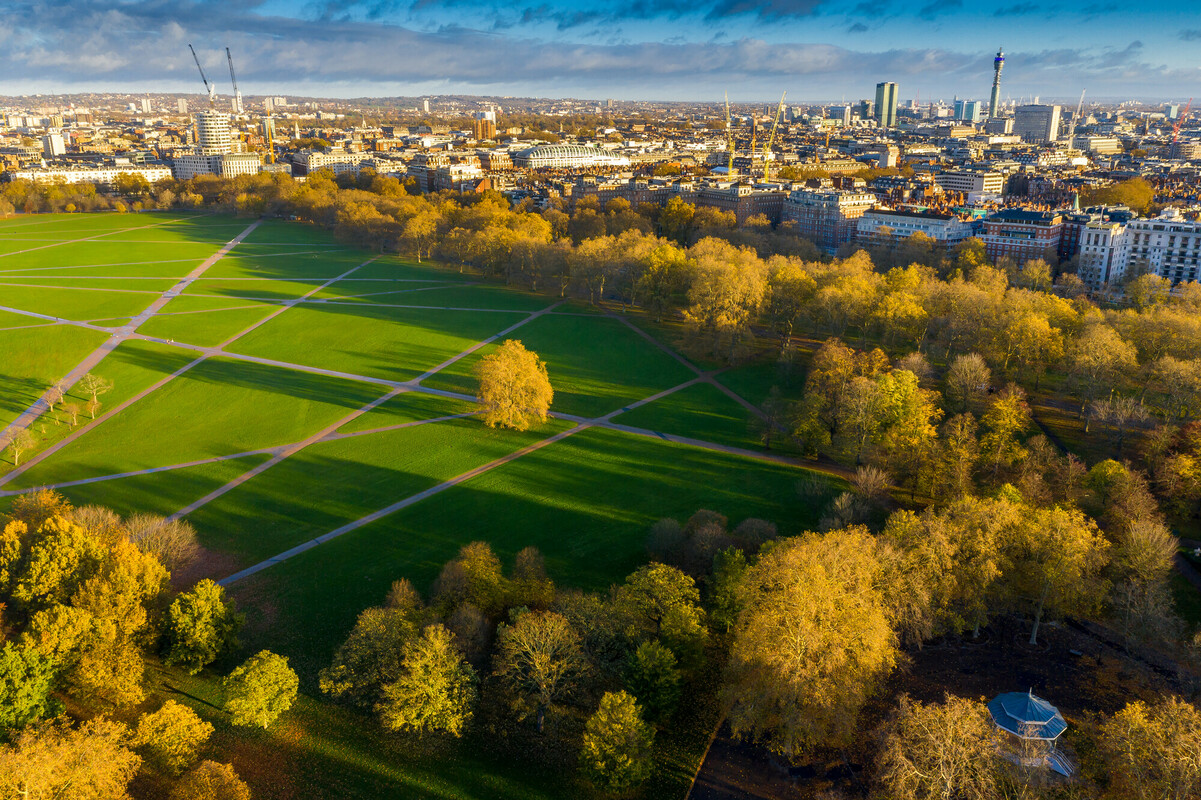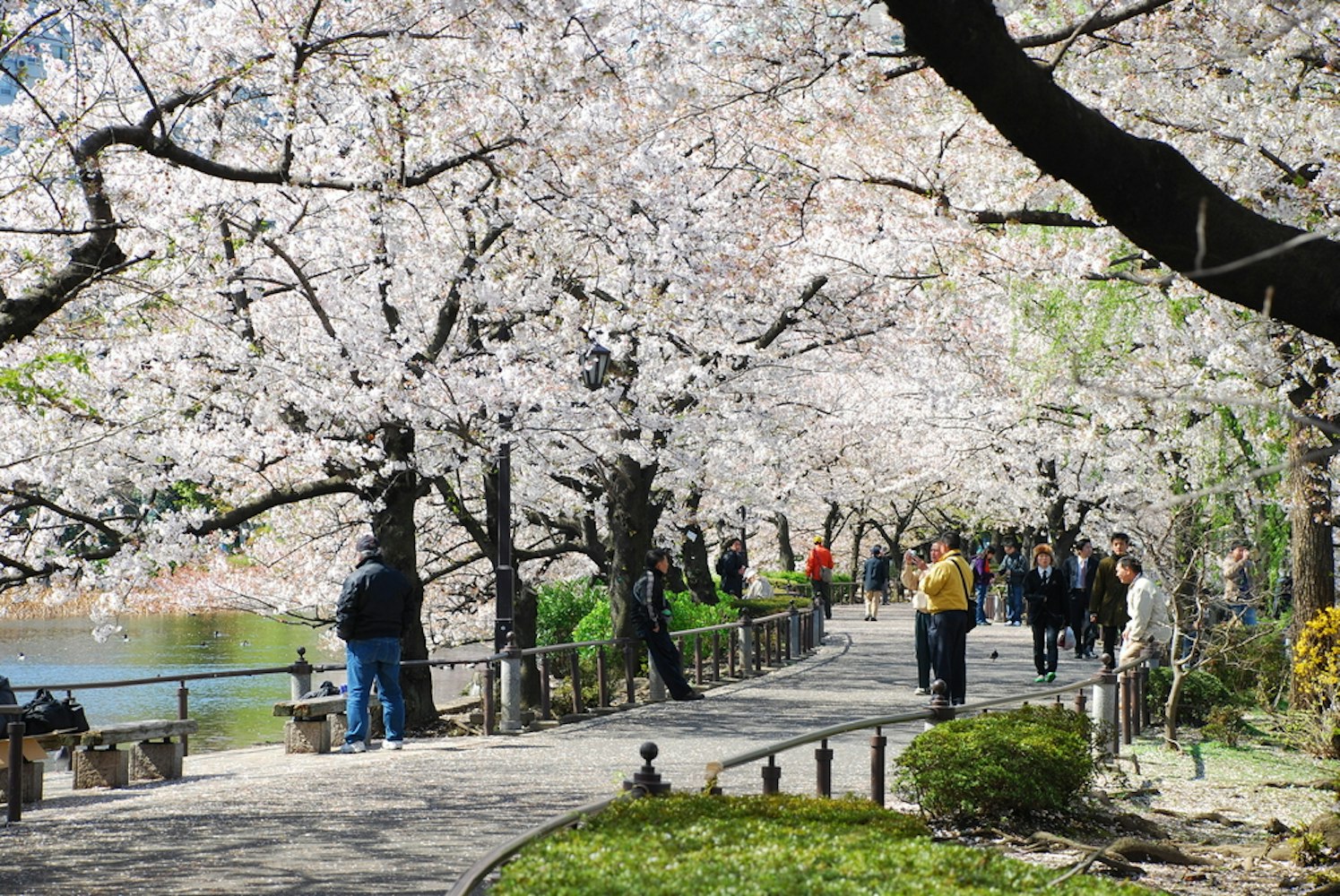Urban Oases: The World's Most Impressive City Parks
In the bustling metropolises around the globe, city parks serve as essential havens, offering residents and visitors a respite from the urban hustle. These urban oases are more than just green spaces; they are cultural landmarks, centers of biodiversity, and places of recreation and reflection.
This article explores some of the world's most impressive city parks, highlighting their unique features, historical significance, and contributions to the quality of urban life.
Central Park, New York City: A Green Masterpiece in the Heart of Manhattan

Central Park is one of the most iconic urban parks globally, spanning 843 acres in the heart of New York City. Designed by Frederick Law Olmsted and Calvert Vaux, it opened in 1858 and has since become a vital part of the city's landscape.
The park is renowned for its meticulously planned landscapes, including open meadows, wooded areas, and water features such as the Central Park Lake and The Pond.
- Central Park is home to numerous cultural landmarks, including the Bethesda Terrace, Strawberry Fields, and the Central Park Zoo. It also hosts a variety of events, from concerts and theater performances to marathons and public art installations.
- The park offers an extensive range of recreational activities, including boating, ice skating, and bird watching. Its extensive network of walking and cycling paths attracts millions of visitors annually.
Central Park's design and usage serve as a model for urban parks worldwide, emphasizing the importance of accessible green spaces in densely populated cities.
Hyde Park, London: A Royal Heritage of Nature and Culture

Hyde Park, one of London's eight Royal Parks, covers 350 acres and is steeped in history. Established in 1536 by King Henry VIII as a hunting ground, it was opened to the public in 1637. Today, Hyde Park is a beloved recreational area offering a blend of natural beauty and cultural significance.
- Historical Landmarks: Hyde Park is home to several significant landmarks, including the Serpentine Lake, Speakers' Corner, and the Diana, Princess of Wales Memorial Fountain. The park's history as a place for public gatherings and speeches continues to this day.
- Cultural Events: The park hosts numerous cultural and sporting events, such as the British Summer Time concerts and the Hyde Park Winter Wonderland. It is also a popular venue for outdoor activities like horseback riding and open-air swimming.
Hyde Park's mix of historical elements and modern amenities exemplifies the balance between preserving heritage and providing contemporary recreational facilities.
Ueno Park, Tokyo: A Cultural and Botanical Treasure

Ueno Park in Tokyo is renowned for its cultural institutions and vibrant seasonal displays. Established in 1873, the park is a favorite destination for both locals and tourists. Covering 133 acres, Ueno Park is known for its museums, temples, and lush gardens.
- Cultural Institutions: The park is home to several major cultural institutions, including the Tokyo National Museum, the National Museum of Western Art, and the Ueno Zoo. These institutions contribute to Ueno Park's status as a cultural hub.
- Seasonal Beauty: Ueno Park is famous for its cherry blossoms, attracting thousands of visitors each spring. The park's Shinobazu Pond, lined with lotus flowers, and its numerous shrines and temples add to its serene and picturesque atmosphere.
Ueno Park's combination of cultural significance and natural beauty makes it a standout example of how urban parks can serve as centers of both recreation and education.
Park Güell, Barcelona: A Gaudí Masterpiece
 Park Güell in Barcelona is one of the most visually striking urban parks in the world, showcasing the unique architectural style of Antoni Gaudí.
Park Güell in Barcelona is one of the most visually striking urban parks in the world, showcasing the unique architectural style of Antoni Gaudí.
Originally conceived as a residential project, the park was transformed into a public space in 1926 and is now a UNESCO World Heritage Site.
- Architectural Wonder: Park Güell features Gaudí's signature mosaics, undulating forms, and organic shapes, blending architecture with the natural landscape. The park's main terrace, adorned with colorful ceramic tiles, offers panoramic views of Barcelona.
- Cultural Symbol: The park reflects Gaudí's vision of harmony between nature and architecture, making it a cultural symbol of Barcelona and a must-visit destination for art and architecture enthusiasts.
Park Güell exemplifies how urban parks can be both artistic and functional, providing a space for recreation while celebrating cultural heritage.
Conclusion
Urban parks play a crucial role in enhancing the quality of life in cities. They provide green spaces that promote physical activity, offer places for social interaction, and serve as venues for cultural and recreational activities. The examples of Central Park, Hyde Park, Ueno Park, and Park Güell illustrate the diversity of urban parks and their ability to reflect the unique cultural, historical, and environmental aspects of their cities.
As cities continue to grow and urbanize, the preservation and development of urban parks become increasingly important. These green spaces are vital for maintaining ecological balance, improving air quality, and offering residents a sanctuary from the stresses of urban life. Investing in and supporting urban parks is essential for the sustainable development of cities and the well-being of their inhabitants.
In exploring these remarkable urban oases, we recognize the profound impact that thoughtfully designed and well-maintained parks can have on individuals and communities. They are not merely places of leisure but are integral to the cultural and social fabric of urban environments, enriching our lives in countless ways.
Sources
- Central Park Conservancy
- Park Güell, Barcelona Official Website
- The Role of Urban Parks for the Sustainable City
- The Benefits of Urban Green Spaces
- UNESCO World Heritage Centre: Park Güell





























































